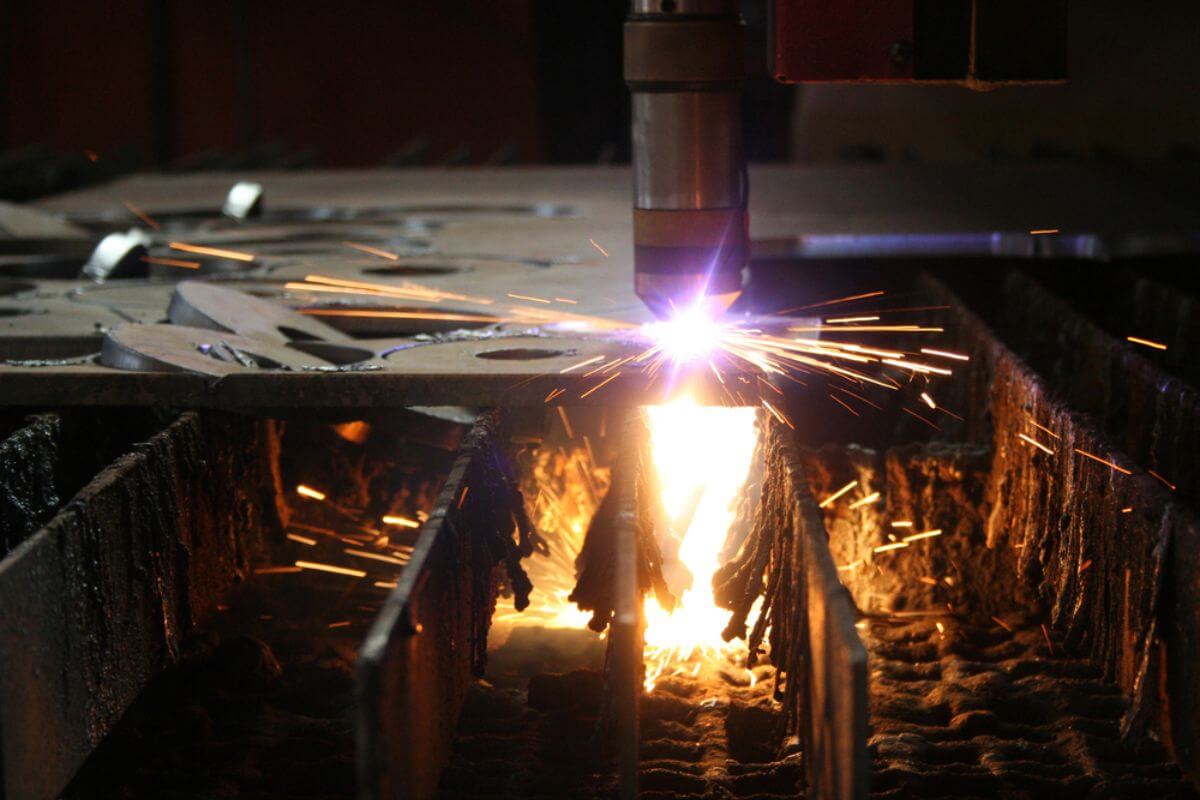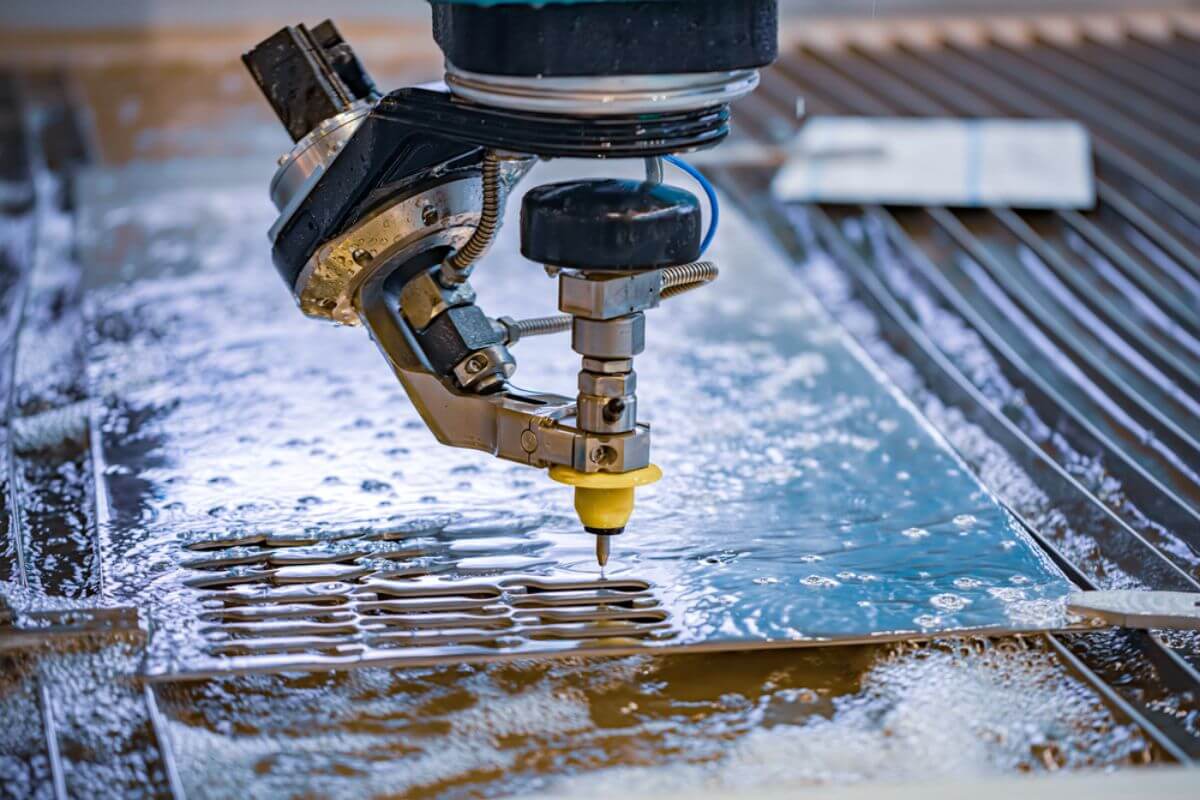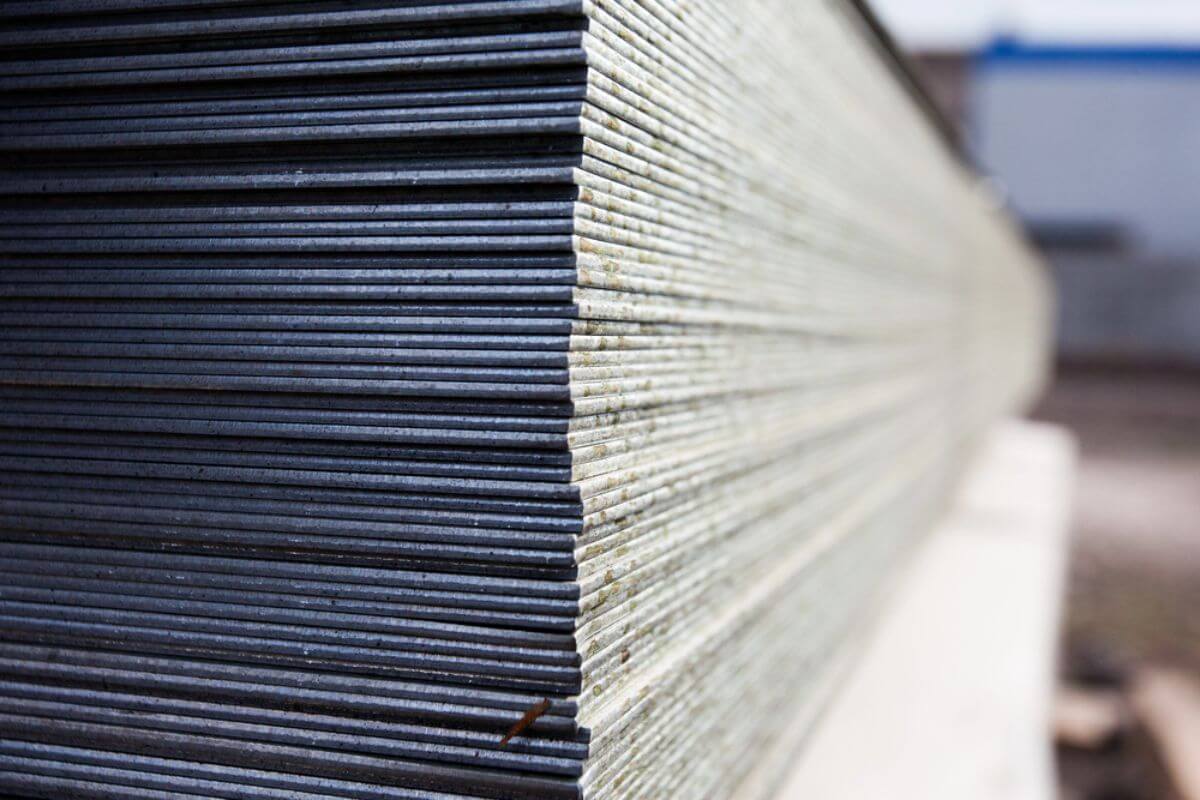What are the different steel cutting methods?
- Laser cutting
- Flame cutting
- Waterjet cutting
- Turning
- Sawing
Overview
- Understanding steel and its processing can help in selecting the best options for specific needs.
- The preparation and cutting methods influence steel’s performance, suitability, and accuracy for projects.
- The different types of steel cutting methods include laser cutting, flame cutting, waterjet cutting, turning, and sawing.
Steel is a highly versatile material, ideal for various applications, from construction and structural support to aesthetic design. Gaining an understanding of steel and its processing methods can help you choose the right option for your specific needs.
The way steel is prepared and cut can significantly impact its performance, suitability for particular applications, and the precision of the final product.
To simplify your decision-making, here’s an overview of the different steel cutting methods.
Laser Cutting

Laser cutting is a precise and efficient method for cutting steel, using focused laser beams to create clean cuts with minimal waste. Known for its ability to achieve tight tolerances, it’s ideal for projects that require intricate designs. Laser cutting is faster than traditional methods, making it suitable for both small, custom jobs and large production runs.
Industries like manufacturing rely on it for high-accuracy components, while the automotive sector uses it for complex parts. The aerospace industry benefits from laser cutting’s precision, which is crucial for safety and performance. It’s also popular in art and design for detailed metal sculptures.
Flame Cutting
Flame cutting, or oxy-fuel cutting, is a popular method for steel cutting. It combines oxygen and fuel gas, such as acetylene, to produce a high-temperature flame that melts the steel along the cut line. This method is widely used in industries like manufacturing, construction, and shipbuilding for its ability to cut through thick materials.
A key advantage of flame cutting is its cost-effectiveness. The equipment required is generally more affordable than laser or plasma cutting systems, making it an economical choice for businesses and individuals.
Flame cutting is versatile, offering manual control and automated options, making it suitable for simple or intricate cuts.
Waterjet Cutting

Waterjet cutting uses a high-pressure stream of water mixed with abrasive particles to make precise cuts without heat, preserving the material’s properties and ensuring a clean finish. It can cut various materials, including steel, aluminum, plastics, glass, and stone, and produces no harmful emissions or dust, making it a cleaner option.
Commonly used in metal fabrication, it creates high-precision parts for vehicles and is also employed in construction for architectural features, custom shapes, and detailed designs, all while maintaining clean edges.
Turning
Turning is a machining process used to shape steel by removing material from a rotating workpiece. It’s valued for its precision, versatility, and efficiency, making it a practical choice for various industries and applications.
This method, while different from other steel cutting methods, can also achieve tight tolerances and smooth finishes, allowing for a wide range of shapes and sizes using different tools and techniques. It’s suitable for both small-batch production and larger manufacturing needs.
In manufacturing, turning is often employed for producing parts like steel shafts, gears, and fittings. In the automotive sector, it plays a crucial role in creating components such as engine parts, axles, and transmission systems.
In the oil and gas field, it’s used to produce valves, pumps, and fittings designed to withstand high pressures. Additionally, turning is utilized in construction for crafting custom metal parts needed in structural applications.
Sawing
Sawing is a common method for cutting steel. In this process, the blade moves across the material, gradually removing pieces to create the desired shape or size. The kerf, or the width of the cut, is slightly larger than the blade, which is something to keep in mind regarding material waste.
This method is great for cutting thick materials like plates and bars and provides flexibility for different cross-sections. It’s often used for straight cuts in sheet metal and other flat materials. A type of band saw that works with a back-and-forth motion is typically used for heavier applications.
Sawing can handle a range of metals, including aluminum, stainless steel, and high-temperature alloys. It’s particularly effective for thicker materials where other methods might struggle. Plus, sawing usually offers fast cutting rates while maintaining a good cut quality, often reducing the need for extra finishing work.
Key Takeaway
By understanding the processes involved in preparing your steel products and materials, you can gain a better insight into how to best utilize steel in your projects.
For top-quality steel products, look no further than Regan Industrial Sales Inc. Our commitment to excellence ensures you get reliable materials tailored to meet your project needs. Reach out to us today to discover how we can support your next project.






